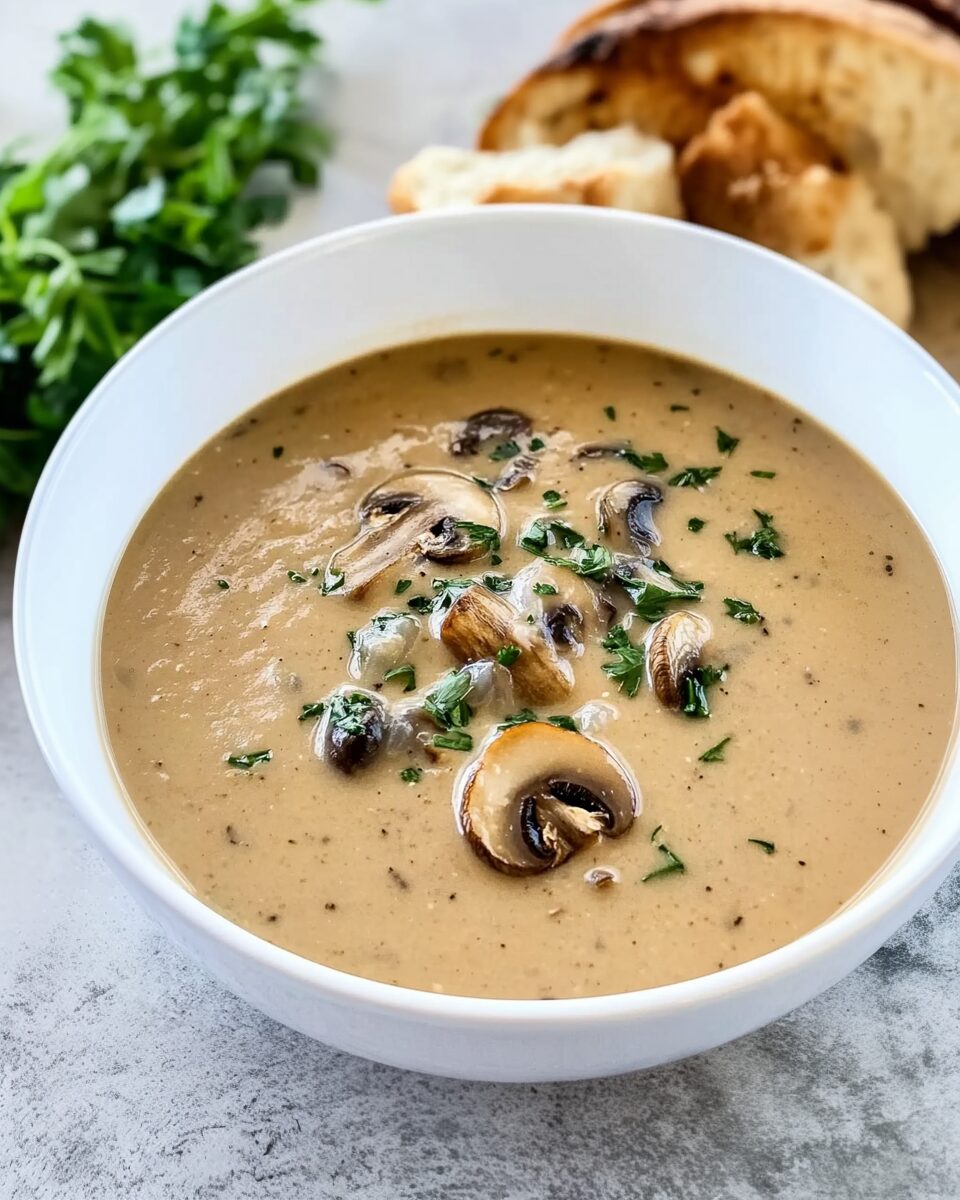Vegetarian chili is a hearty, flavorful dish that offers all the comforting warmth of traditional chili without the meat. This recipe combines a variety of beans, vegetables, and a blend of spices to create a satisfying and nutritious meal. Perfect for a cozy dinner or meal prep for the week, this vegetarian chili is both delicious and easy to make.
Full Recipe:
Ingredients
- 1 tablespoon olive oil
- 1 medium yellow onion, diced
- 1 medium bell pepper, diced
- 2 cloves garlic, minced
- 1 jalapeño pepper, seeded and minced (optional)
- 1 cup corn kernels (fresh, frozen, or canned)
- 2 cups fire-roasted diced tomatoes
- 1 cup tomato sauce
- 1 cup vegetable broth
- 1 can (15 ounces) red kidney beans, drained and rinsed
- 1 can (15 ounces) black beans, drained and rinsed
- 1 can (15 ounces) pinto beans, drained and rinsed
- 1 tablespoon chili powder
- 1 teaspoon ground cumin
- 1 teaspoon ground coriander
- 1 teaspoon smoked paprika
- ½ teaspoon chipotle chili powder (optional)
- Salt and freshly ground black pepper, to taste
Directions
- Sauté Aromatics: Heat olive oil in a large pot over medium heat. Add diced onion, bell pepper, and minced garlic. Sauté until the vegetables are softened and the onion is translucent, about 5–7 minutes. If using jalapeño, add it during this step.
- Add Corn and Tomatoes: Stir in the corn kernels and cook for another 2 minutes. Add the fire-roasted diced tomatoes, tomato sauce, and vegetable broth. Bring the mixture to a simmer.
- Add Beans and Spices: Stir in the red kidney beans, black beans, and pinto beans. Add chili powder, ground cumin, ground coriander, smoked paprika, chipotle chili powder (if using), salt, and black pepper. Mix well to combine.
- Simmer: Reduce the heat to low and let the chili simmer uncovered for 30–40 minutes, stirring occasionally. The flavors will meld together, and the chili will thicken slightly.
- Adjust Seasoning: Taste the chili and adjust the seasoning with more salt, pepper, or spices as needed.
- Serve: Ladle the chili into bowls and serve hot. Optional toppings include chopped cilantro, diced avocado, shredded cheese, or a dollop of sour cream.
Nutritional Facts
Per serving (approximately 1 cup):
- Calories: 230 kcal
- Carbohydrates: 40 g
- Protein: 12 g
- Fat: 3 g
- Saturated Fat: 0.5 g
- Cholesterol: 0 mg
- Sodium: 600 mg
- Potassium: 800 mg
- Fiber: 12 g
- Sugar: 6 g
- Vitamin A: 15% DV
- Vitamin C: 25% DV
- Calcium: 6% DV
- Iron: 15% DV
The Origins of Chili: A Brief History
Chili, or chili con carne, has a long history rooted in Mexican and Tex-Mex cuisine. The dish is believed to have originated in the 18th century in Mexico, where it was made with meat, chilies, and beans. The word “chili” comes from the Spanish word “chile,” meaning pepper, which is one of the key ingredients that gives chili its signature heat. Over time, chili made its way to Texas and other parts of the United States, where it was adapted into different regional variations.
The vegetarian version of chili likely emerged as more people began adopting plant-based diets, either for health reasons or ethical concerns regarding animal farming. Today, vegetarian chili is celebrated for its ability to provide all the rich flavors and textures of traditional chili, without the need for meat. By using a combination of beans, vegetables, and a blend of spices, vegetarian chili delivers a deliciously hearty and satisfying meal.
The Importance of Beans in Vegetarian Chili
Beans are the cornerstone of any vegetarian chili. They provide both protein and fiber, making them a great substitute for meat in terms of texture and substance. There are several types of beans that can be used in vegetarian chili, including kidney beans, black beans, and pinto beans. These beans each have their own unique flavor and texture, but all contribute to the dish’s overall heartiness.
Kidney beans are often chosen for their slightly sweet taste and firm texture, which holds up well during cooking. Black beans add a creamy texture and earthy flavor, while pinto beans lend a soft, mild flavor to the chili. Using a combination of beans not only enhances the flavor profile but also provides a wider range of nutrients, making the chili more nutritious.
Beans are also a great source of plant-based protein, which is essential for building and repairing tissues, as well as supporting the immune system. In addition, beans are rich in fiber, which promotes digestive health and helps to keep you feeling full longer. This makes vegetarian chili an excellent choice for those looking to increase their fiber intake while reducing their consumption of animal products.
Vegetables: Adding Flavor, Color, and Nutrients
Vegetarian chili is packed with a variety of vegetables that add both flavor and nutrition. The base of the chili typically includes onions, bell peppers, and garlic, which provide a savory foundation for the dish. These vegetables are sautéed together to release their natural sweetness and create a rich, aromatic base for the chili.
Other vegetables commonly found in vegetarian chili include tomatoes, zucchini, corn, and carrots. Tomatoes contribute a slight acidity that balances out the richness of the beans, while zucchini and carrots add texture and natural sweetness to the dish. Corn provides a pop of color and a hint of sweetness, creating a well-rounded and vibrant chili.
Adding vegetables to chili not only boosts its flavor but also enhances its nutritional value. Vegetables are rich in vitamins, minerals, and antioxidants, which are essential for maintaining good health. For example, bell peppers are high in vitamin C, while tomatoes are an excellent source of lycopene, a powerful antioxidant that supports heart health. By incorporating a variety of vegetables into your vegetarian chili, you’re ensuring that your meal is packed with essential nutrients.
The Role of Spices in Vegetarian Chili
Spices play a crucial role in defining the flavor profile of chili. The blend of spices used in vegetarian chili is what gives the dish its characteristic depth and warmth. Chili powder is the primary spice used in most chili recipes, but there are many other spices that can be added to enhance the flavor, including cumin, smoked paprika, oregano, and cayenne pepper.
Chili powder is typically made from a combination of ground chili peppers, garlic powder, cumin, and other spices. This spice blend provides the dish with a warm, smoky flavor and a touch of heat. Cumin, known for its earthy and slightly nutty flavor, adds a depth of warmth to the chili, while smoked paprika imparts a subtle smokiness that complements the beans and vegetables. Cayenne pepper adds a spicy kick, but the amount can be adjusted based on personal preference.
Other seasonings such as salt, pepper, and a dash of sugar can also be added to balance out the flavors and create a harmonious taste. The beauty of vegetarian chili is that the seasoning can be customized to suit individual tastes, allowing you to adjust the spice levels and experiment with different flavor combinations.
Health Benefits of Vegetarian Chili
Vegetarian chili is not only delicious but also offers a variety of health benefits. As mentioned earlier, the beans in chili provide a significant amount of plant-based protein and fiber, both of which are important for maintaining a healthy body. Protein is essential for muscle repair, immune function, and hormone production, while fiber helps to regulate digestion and maintain healthy blood sugar levels.
How to Serve Vegetarian Chili
Vegetarian chili can be served in a variety of ways, making it a versatile dish for different occasions. One of the most popular ways to serve chili is with a side of cornbread, which helps to soak up the flavorful broth and adds a touch of sweetness to the dish. You can also serve vegetarian chili with crackers, tortilla chips, or over a bed of rice for a more filling meal.
Conclusion: Why Vegetarian Chili Deserves a Spot in Your Meal Rotation
Vegetarian chili is a flavorful, nutritious, and versatile dish that offers something for everyone. Whether you’re a vegetarian, vegan, or simply looking for a delicious and hearty meal, vegetarian chili provides all the comfort and satisfaction of traditional chili without the meat. With its combination of beans, vegetables, and spices, this dish is packed with protein, fiber, and essential vitamins and minerals, making it a healthy choice for any meal.








